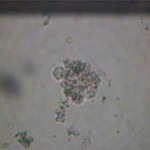With a normal optical microscope at 400x a healthy cell appears as the following photo:
It sees basically three things: the nucleus, the cytoplasm and the cell membrane. Everything looks "clean".
It may happen instead, observing in vivo any cell in the body, this appears full of bacteria or vesicles as shown by the following photo.
Almost completely ignored until now, instead we will see how they have a key role in cancer cell formation.
These vesicles, once formed, show a natural tendency to aggregate, this occurs both internally and externally to the cells.
When they are inside cells, these vesicles aggregate into structures that occupy spaces delineated enough most of the times in the periphery and huddled along the cell wall.
Outside of cells instead, these vesicles are flocking in even very large aggregates.
On the edges of these clusters are formed with external ease the semi spherical projections.
The following photos are samples examined and photographed in vivo:
-Fig.1: A cell initial "clean".
-Fig.2: A cell that begins to form vesicles.
-Fig.3a: The vesicles that remain inside the cell merge together and form a well defined gather near the cell wall forming in this example of the half-moons.
-Fig.3b: A cluster of vesicles presenting in external periphery, circular formations.


Figure 2: Cell full of vesicles




Fig. 3a: Clutter inside the cell. Fig. 3b: External storage
The small circular formations devices in Figure 3b, early enough show a swirling movement of the vesicles enclosed inside them as shown by the video below.
The process is a natural phenomenon and spontaneous.
In some cases, the evolution and the next step is shown by the video below:
photo combinations within a cell
From this moment on, the cells that host these formations gradually begin to lose their original identità.Le new formations progressing at the expense of the old cell that breaks down a little at a time and "disappears" as shown in the following pictures.
The further maturation of all these new structures form a particular cell: the club-shaped cell.
The following photos show a few examples:
This is a cell very important for the evolution of the cancer process.
It does not belong to any human tissue.
And’ a completely new cell.
Precede the formation of the tumor and when we find them in the early detection tests are a matter of concern for this very reason.
Their presence does not tell us where is forming the tumor but is a sign that warns us in advance that somewhere it is forming.
All cellular changes described so far, They occur in the body in times long enough.
I can imagine the importance of this approach to research that will analyze better the next few pages when we talk of early diagnosis.
As you can guess, we have a very early diagnosis compared to traditional tests that they need instead of the tumor or cancer cell fully developed.
One of the objectives of oncology classic: "Early detection of cancer" thus becomes much more effective.
The subsequent evolution of these cells claviform, basically still properties, It is manifested in their ability to become mobile with the formation of clear and extended pseudopodia.
From the diagnostic point of view, when cancer cells become mobile, the cancer process is well advanced and there is some time to tumor.
The mobile cells that are formed and which are in a sample to be tested yet are not all the same "gravity".
They can be distinguished into cells in slow motion from the other which move instead more expediently.
{youtube}P0QLibIRMGg{/youtube}
The cells in slow motion are not cancerous cell "dangerous", they are still young and do not bring any "damage".
In this phase,, the only problem for the patient comes only from the volume that can reach the tumor mass.
We will see shortly that is the difference between a cancer cell and a young and old when and why it becomes really dangerous.
Let's review all the figures that are in various stages to the cancer cell Mobile:

 The cell that begins to have the reaction vesicular.
The cell that begins to have the reaction vesicular.


c1, c2) The vesicles that reorganize themselves within cells
c3) Vesicles that are organized outside the original cell.


From another into earlier phases it leads to the first cell in the form of club.


The cancer cell goes mobile.
All the stages so far described is a continuous process.
While the first vesicular clusters inside and outside mature and evolve as we have just described, other new ones are formed in the body for vesicular reaction that occurs in other cells "healthy" hit later.
All this happens with a continuous rhythm, slow but relentless.
It follows with IL CANCER PROCESS (as the disease evolves)
–
to phone contacts:
Dr. Armando Vecchietti
335 5684474
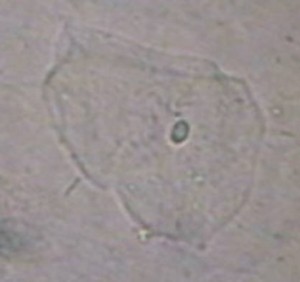
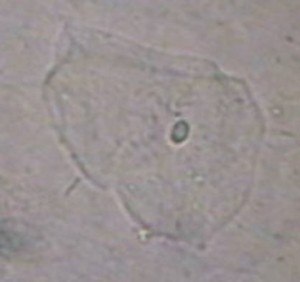
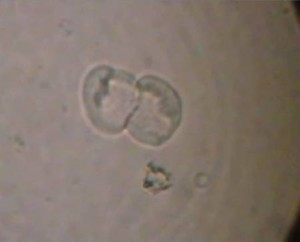
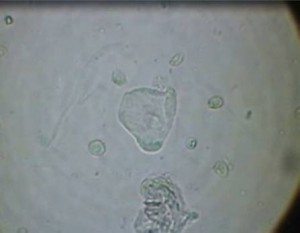
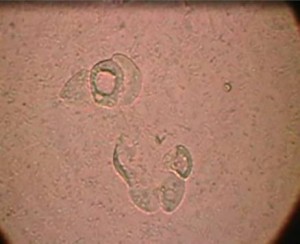

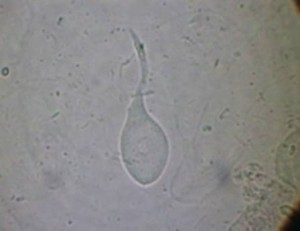


 c1
c1 